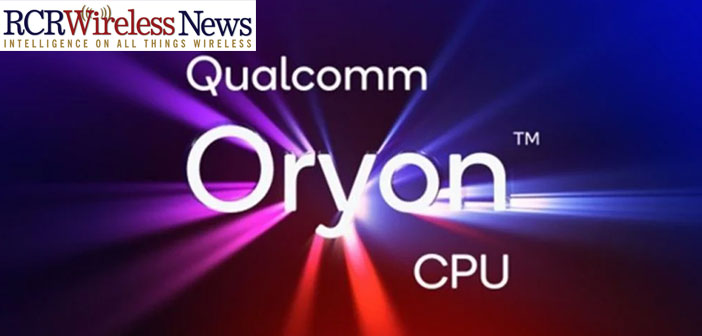22
Dec
Qualcomm vs. Arm: Court dates announced—who has the luxury of time will win

In the ongoing Qualcomm vs. Arm saga, the US District Court of Delaware recently released the case schedule, setting the stage for the battle. It reveals two critical dates. The first is for the discovery process, during which early settlements often occur. Second is the trial date, which lays out how long the litigants have to wait for a legal resolution. Usually, litigants, which can wait longer, have the upper hand, especially if the opposing party can’t handle the uncertainty and is pressed for time.
Unless either party realizes that their case is weak during discovery, we are on for a long battle. In such a case, Qualcomm has the luxury of time, which might push Arm for a quicker and unfavorable settlement.
Note: If you would like to know the chronology of this battle, what the issues are, and what is at stake, check out my earlier article, “Qualcomm, Arm legal spat regarding Nuvia becomes more bitter“
It’s a game of chicken
Typically, litigation between large companies, such as this, is a “game of chicken.” It’s a matter of who gives up first. There are a couple of stages where this “giving up” can happen.
The first is during the discovery phase, when both parties closely examine the other party’s evidence and other details. A good legal team can assess their case’s merits and, if weak, settle quickly.
If the discovery is inconclusive, the next thing both companies try to avoid is a long-drawn jury trial, which brings all the dirty laundry into the open. So, most such cases get settled before the jury trial begins. Even if the case goes to trial and is decided in the lower courts, litigants with the luxury of time can keep appealing to higher courts and delay the final verdict. So, it all boils down to who has the time advantage and can stay longer without succumbing to market, business, and other pressures.
Time in on Qualcomm’s side
In the Qualcomm vs. Arm case, discovery is set to start on January 13th, 2023, and the trial on September 23rd, 2024. The actual trial is almost two years away. In such a case, I think Qualcomm has the time-advantage, for a few reasons:
-
Qualcomm can keep using Nuvia IP without any issues till the matter is resolved
-
Based on precedent, it is highly unlikely that Arm will get an injunction against Qualcomm. And probably realizing this, Arm has not yet even asked for a preliminary one. This means Qualcomm can keep making and selling chips based on the disputed IP while the case drags on.
-
No matter who wins, the other party will most likely appeal, which might extend the case to 2025 or even 2026.
-
Qualcomm can indemnify and mitigate the risks of OEMs using the disputed IP
-
Qualcomm is initially targeting the laptop/compute market with Nuvia IP through its newly announced Oryon CPU core. Arm might be thinking because of the litigation, OEMs will be discouraged from developing products based on Oryon. However, Qualcomm can easily address that by indemnifying any investment risks OEMs face.
-
Since OEMs will initially utilize Oryon for fewer models, the overall shipments will be relatively small. Hence Indemnification is quite feasible for Qualcomm.
-
This will be an easy decision for OEMs – their limited initial investments for experimenting with the new platform are protected, while the possible future upside is enormous.
-
Qualcomm’s litigation prowess and recent successes against giants like Apple and FTC will give a lot of confidence to OEMs.
-
SoftBank would like to IPO Arm as soon as it can. However, the uncertainty of this case will significantly depress its valuation.
-
This case puts Arm’s future revenue from Qualcomm at risk. If Arm loses, its revenue from Qualcomm will be reduced to a paltry architecture license fee of 2 to 3 cents per device (estimated), magnitudes lower than the current rate.
-
If Arm wins, there is a considerable upside. That might attract some risky investors, but they will demand a discount from SoftBank/Arm for that risk.
-
Qualcomm’s strong track record in litigation will also affect investor sentiment.
-
SoftBank may not want to wait till the case is over for IPO
-
If the case drags on till 2026, that is a long time in the tech industry. A lot of things can change. For example, competing architectures like RISC-V might become more prominent. Qualcomm recently said it has already shipped 650 million RISC-V-based microcontrollers. Many major companies, including Google, Intel, and AMD, are members of the RISC-V group. This might reduce Arm’s valuation if SoftBank waits longer for IPO.
-
SoftBank’s other bets are also not doing so great. The upcoming slowdown in the tech industry might push it to dispose of Arm sooner than later.

0 comments